Paris 1923 — epicenter of art and progress
Categories: Culture | Europe | History
By Pictolic https://pictolic.com/article/paris-1923-epicenter-of-art-and-progress1.htmlThe author of these unique historical photographs is Jules Gervais-Courtellemont. He was born in 1863 in the suburbs of Paris, grew up in Algeria and traveled around the Middle East and North Africa, photographing everything he saw.
Gervais-Courtelmont was one of the first photographers to work with autochrome, the oldest process of color photography, which was patented by the Lumiere brothers in 1903. Autochrome used potato starch granules painted with red, green and blue paint as light filters, as well as a complex development process, resulting in ghostly "dot" color photographs.
In January 1923, Gervais-Courtelmont returned to his native Paris to film the main sights and views of the city, living through a period of economic growth and optimism after the end of the First World War.
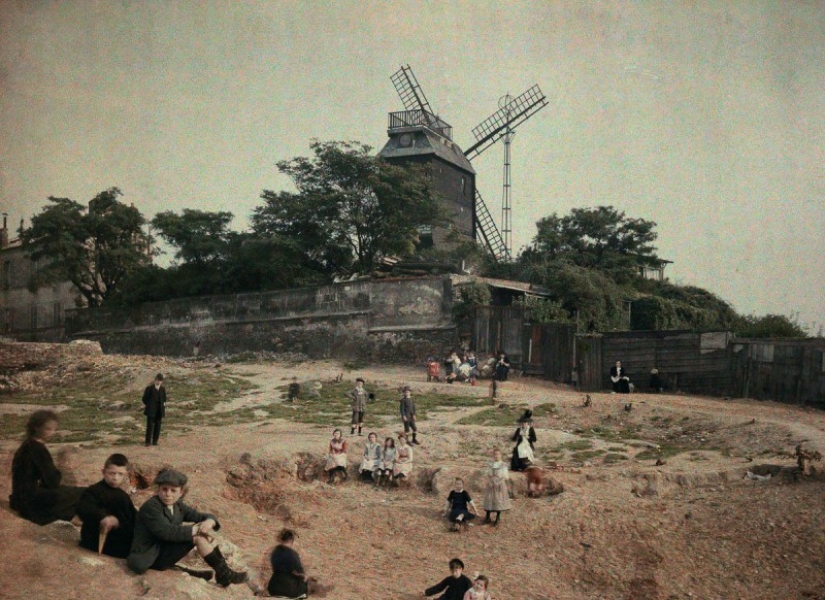
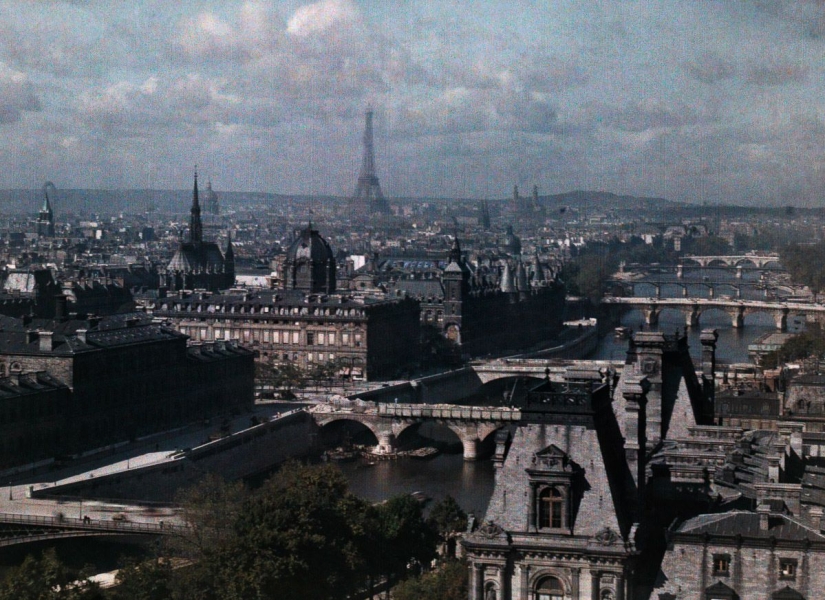
View on Paris from the Church of Saint-Gervais
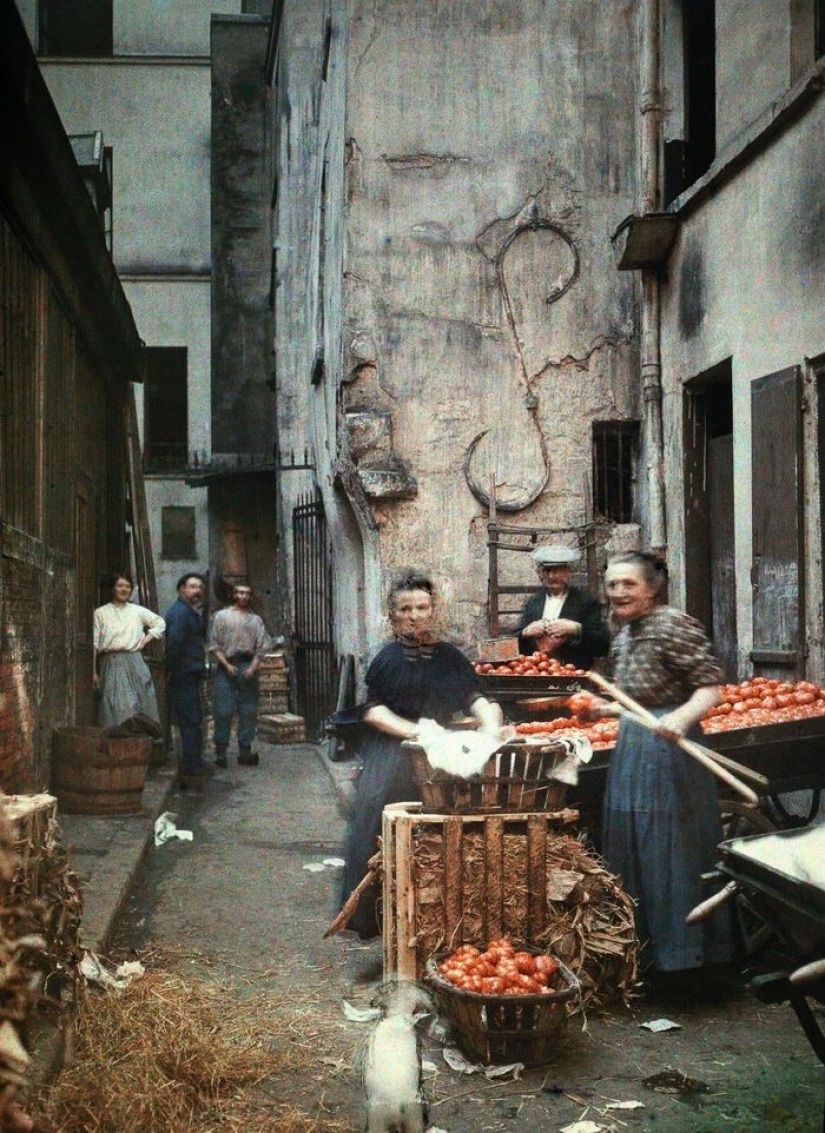
In a corner of old Paris
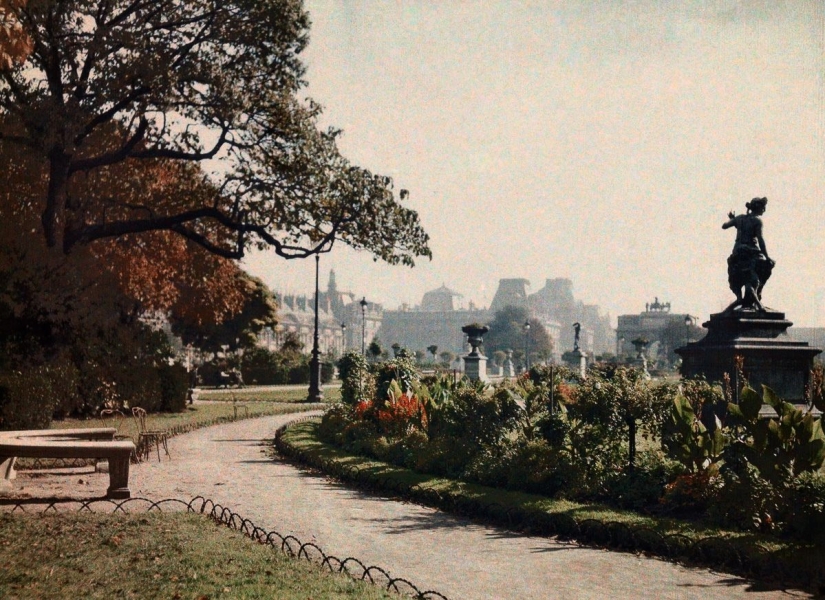
Tuileries Garden
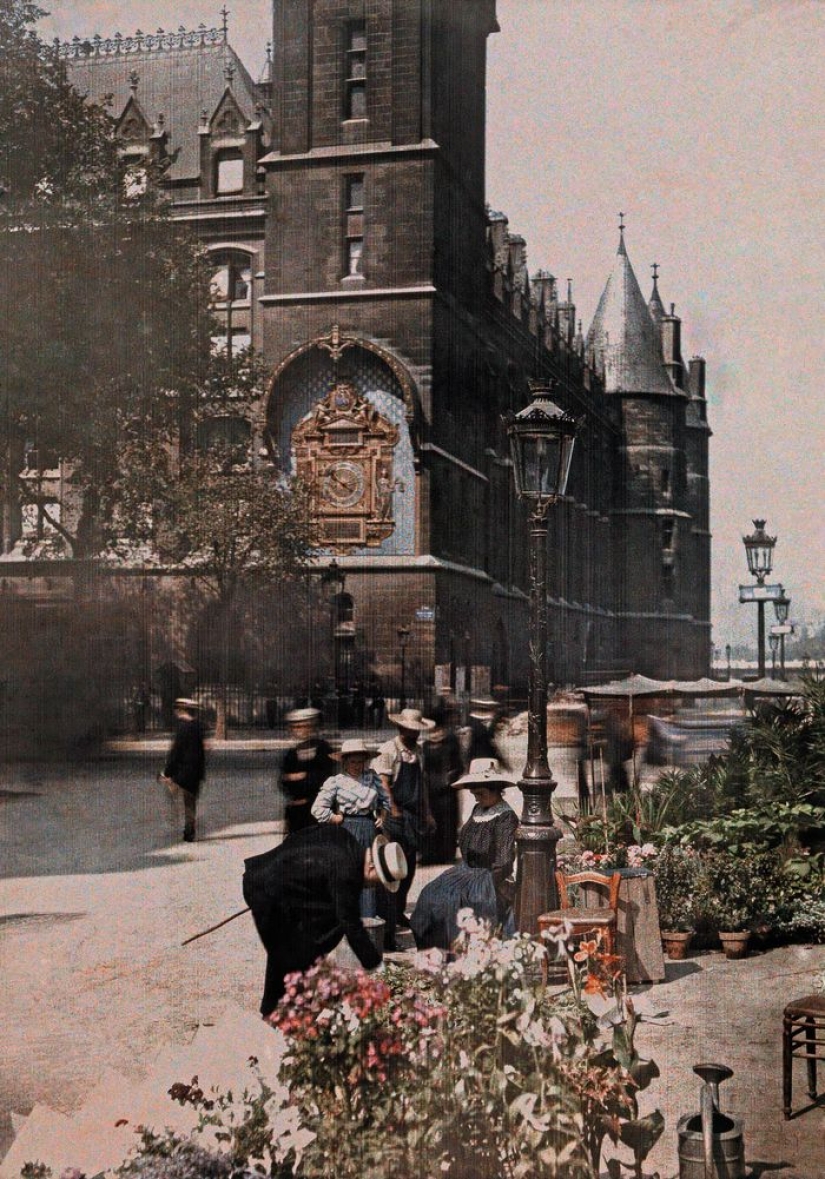
Flower market near the Place Chatelet
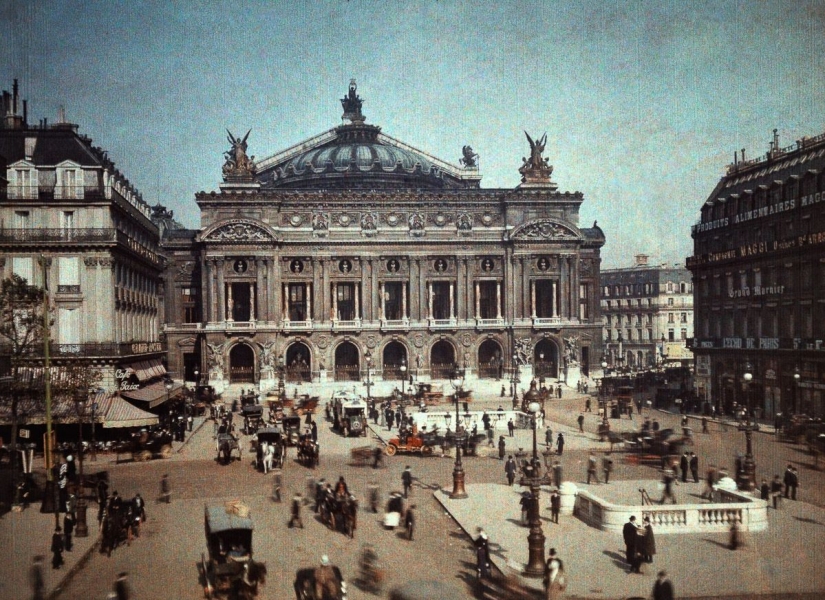
Opera Garnier
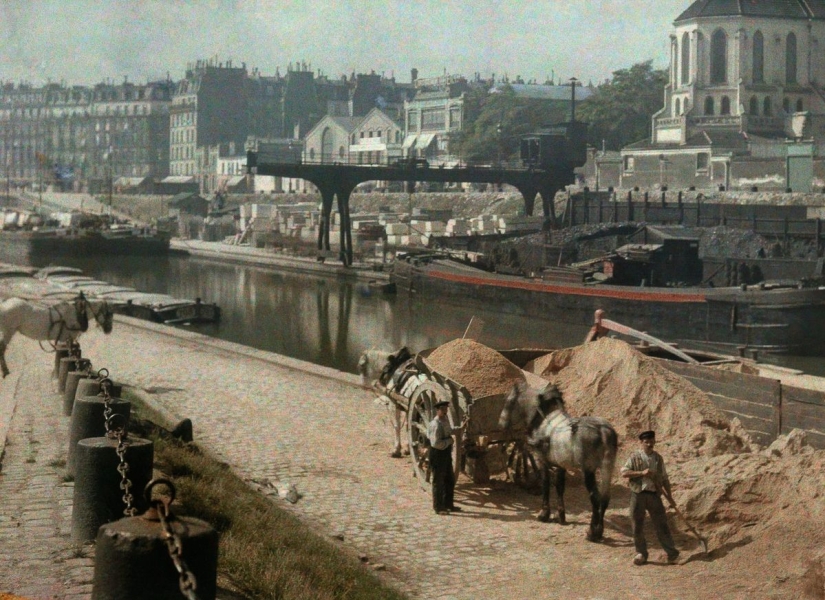
Workers and horses on the river bank
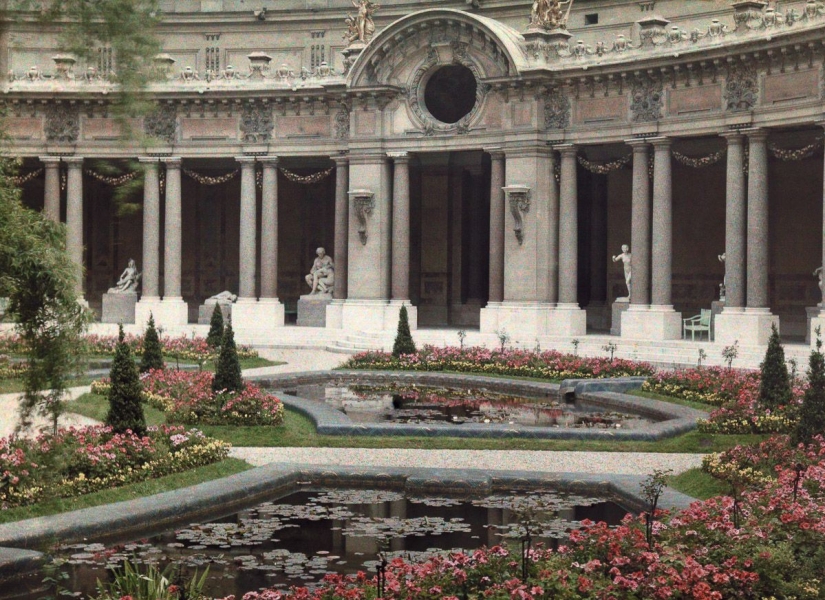
Classic French gardens and ponds
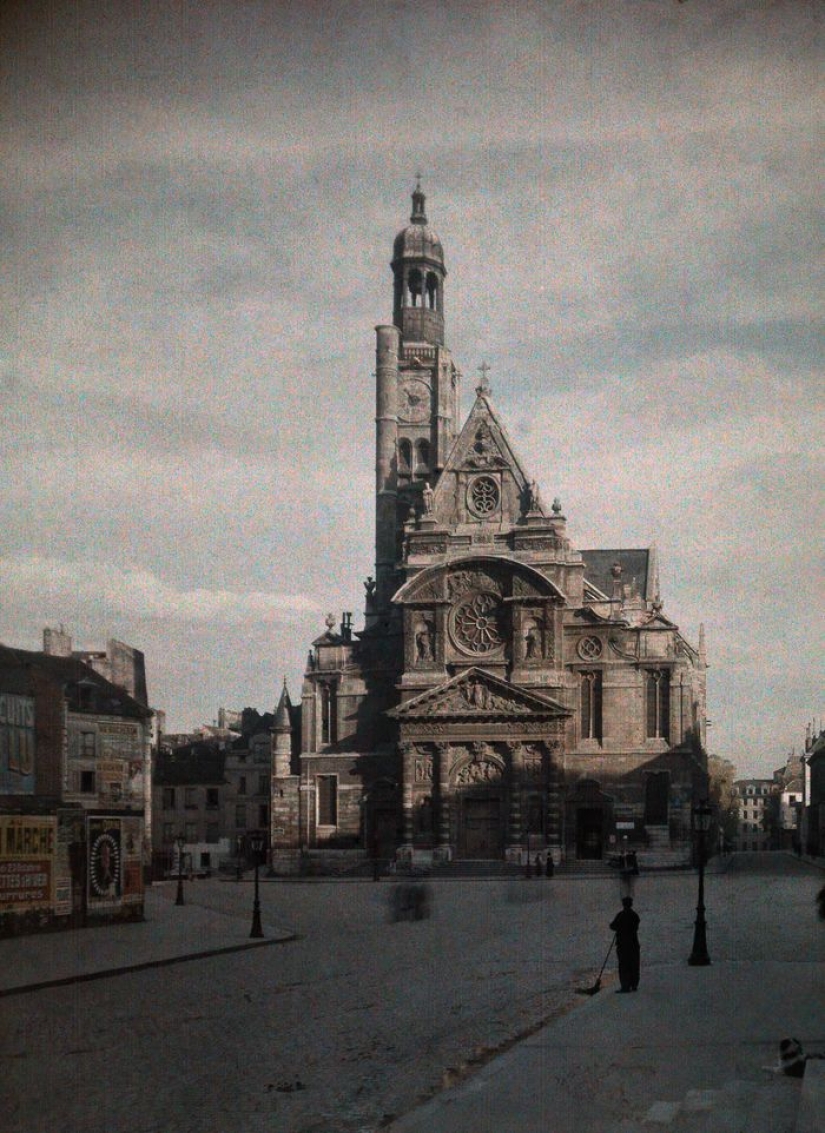
Saint-Etienne-du-Mont Church
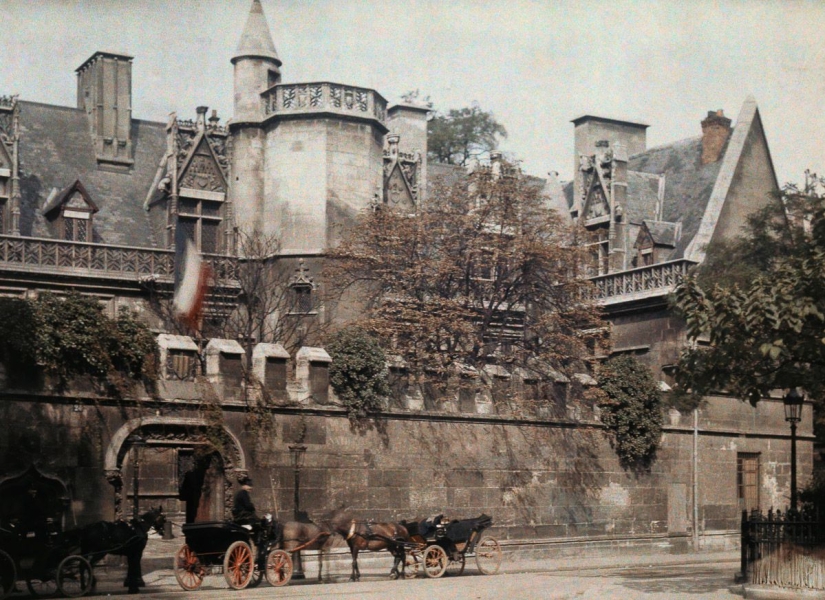
Men on the island of Sita
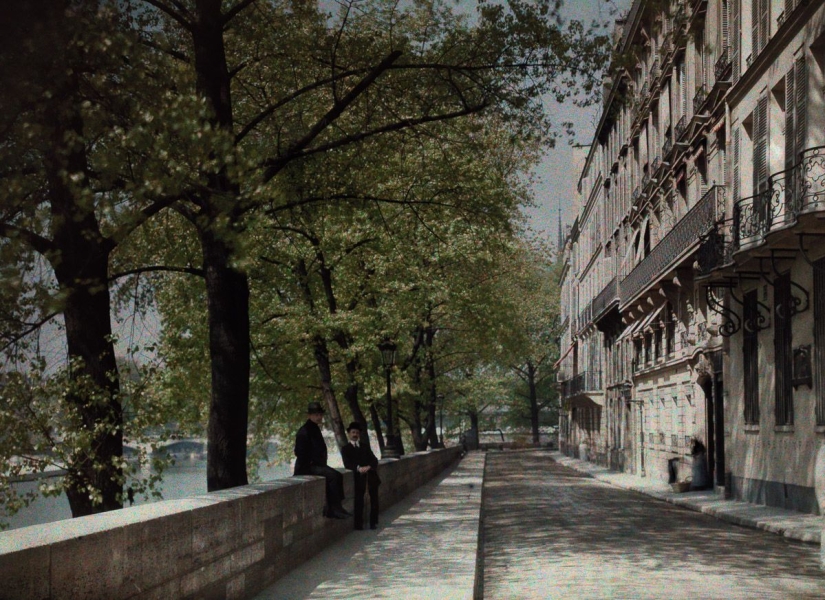
View of the Seine
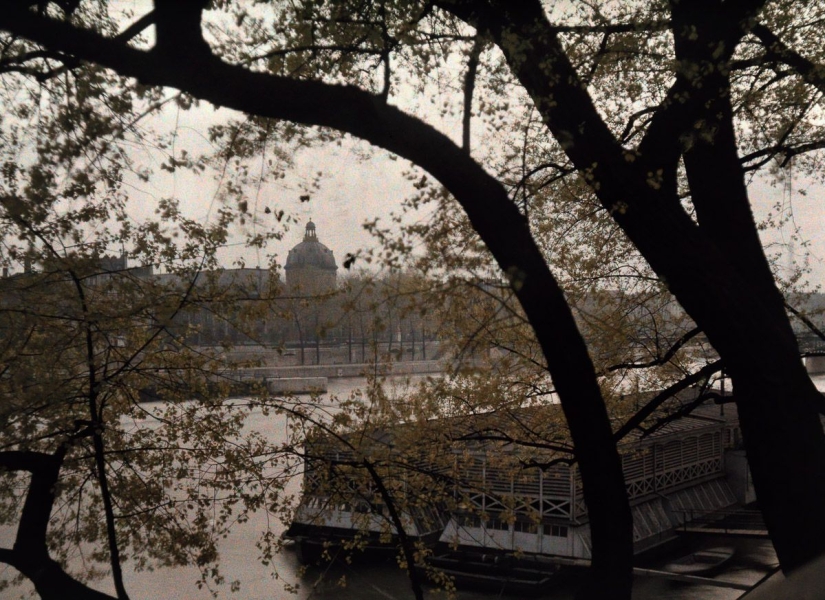
Gardens near the Senate Building
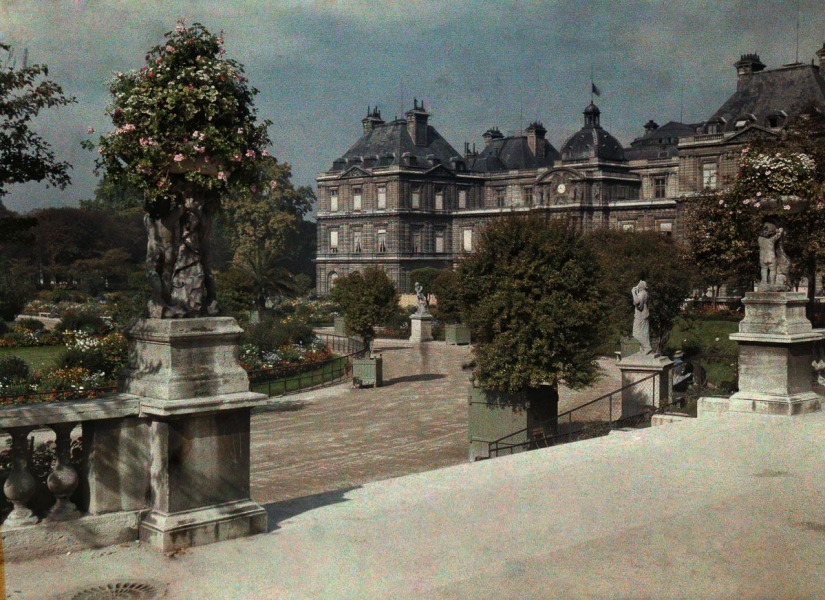
The hotel of Madame de Lamballe, a friend of Marie Antoinette
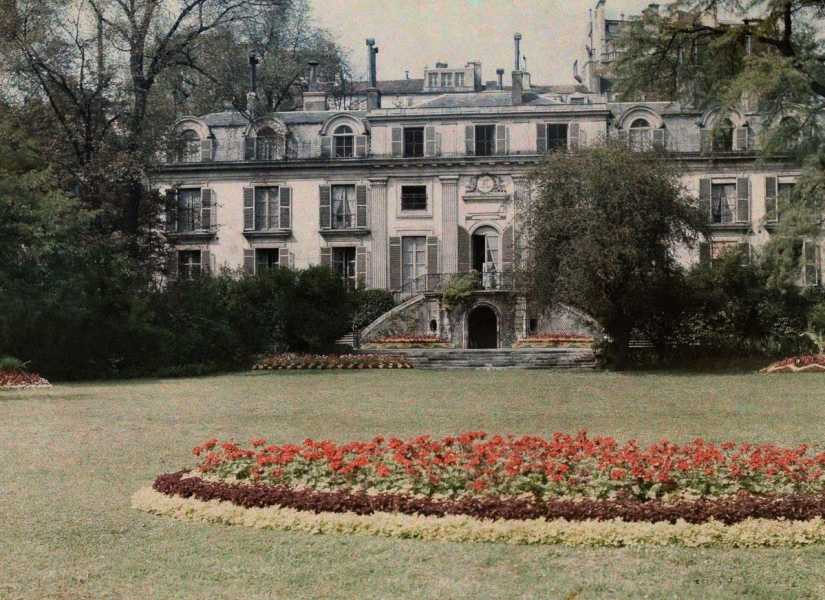
Moulin Rouge Cabaret
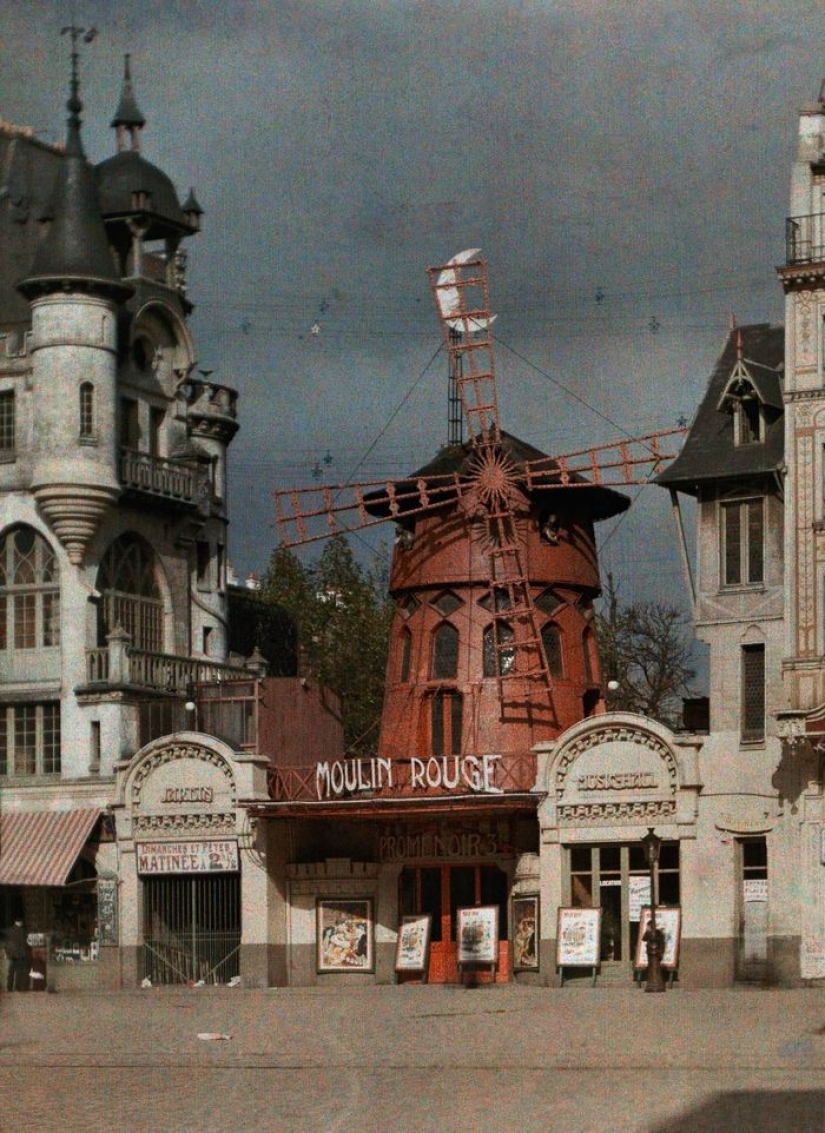
Colonnade and pond in one of the gardens of Paris
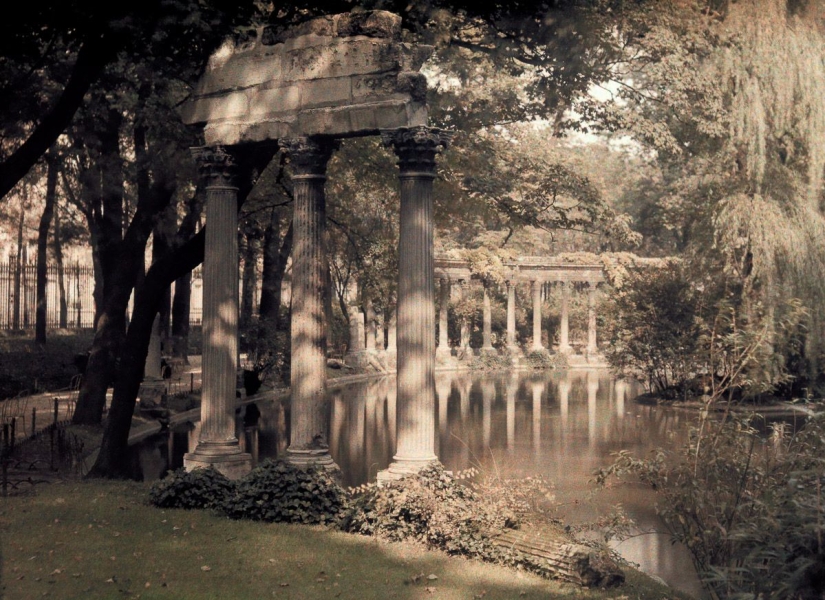
Windmill "Moulin de la Galette" in Montmartre
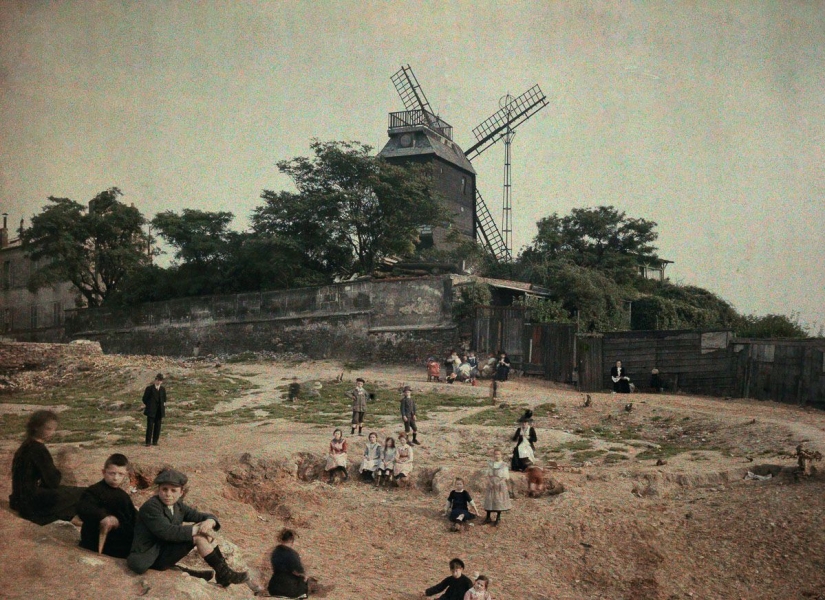
View of the Seine
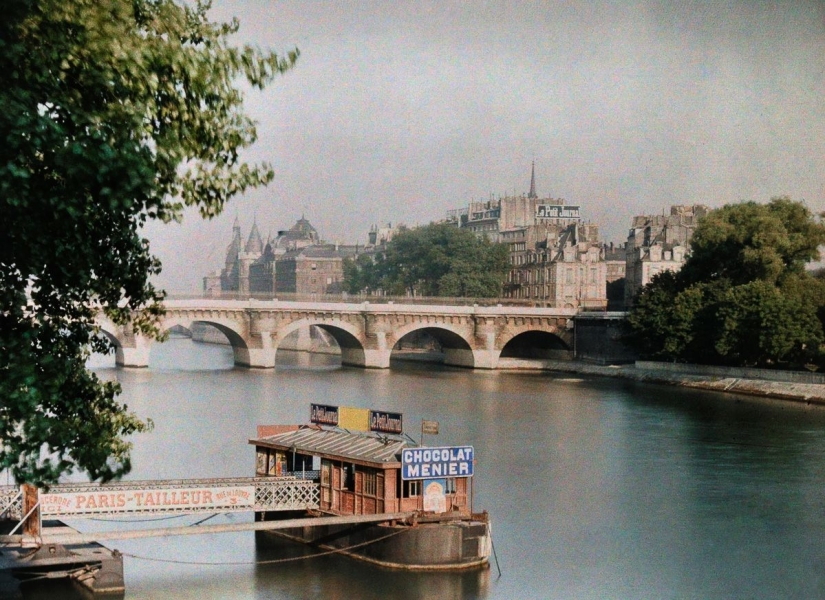
Church of Saint-Germain-l'Auxeroi
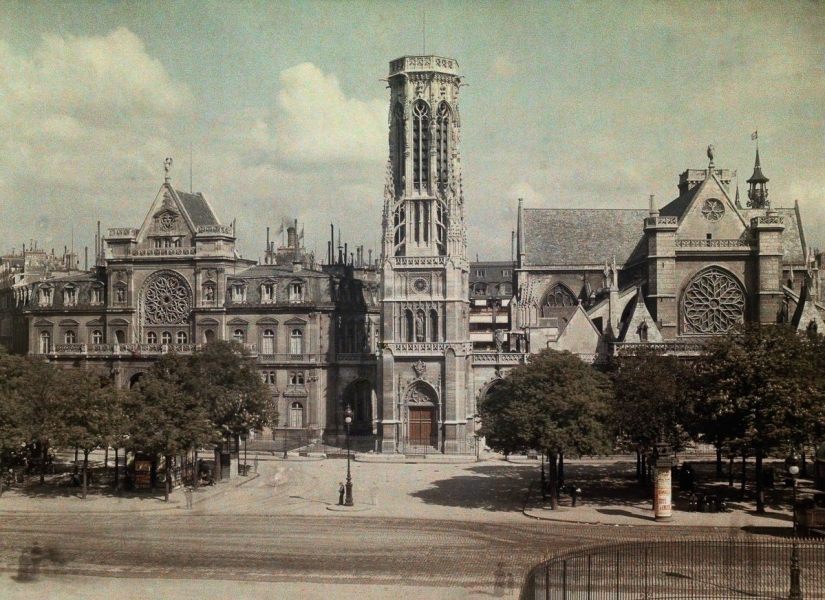
Notre Dame Cathedral
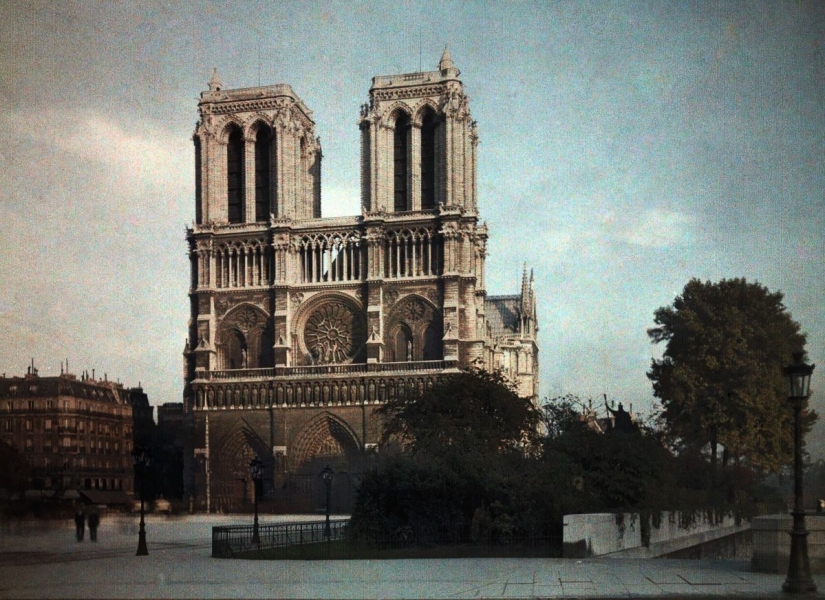
Saint-Julien-le-Povre Street in old Paris
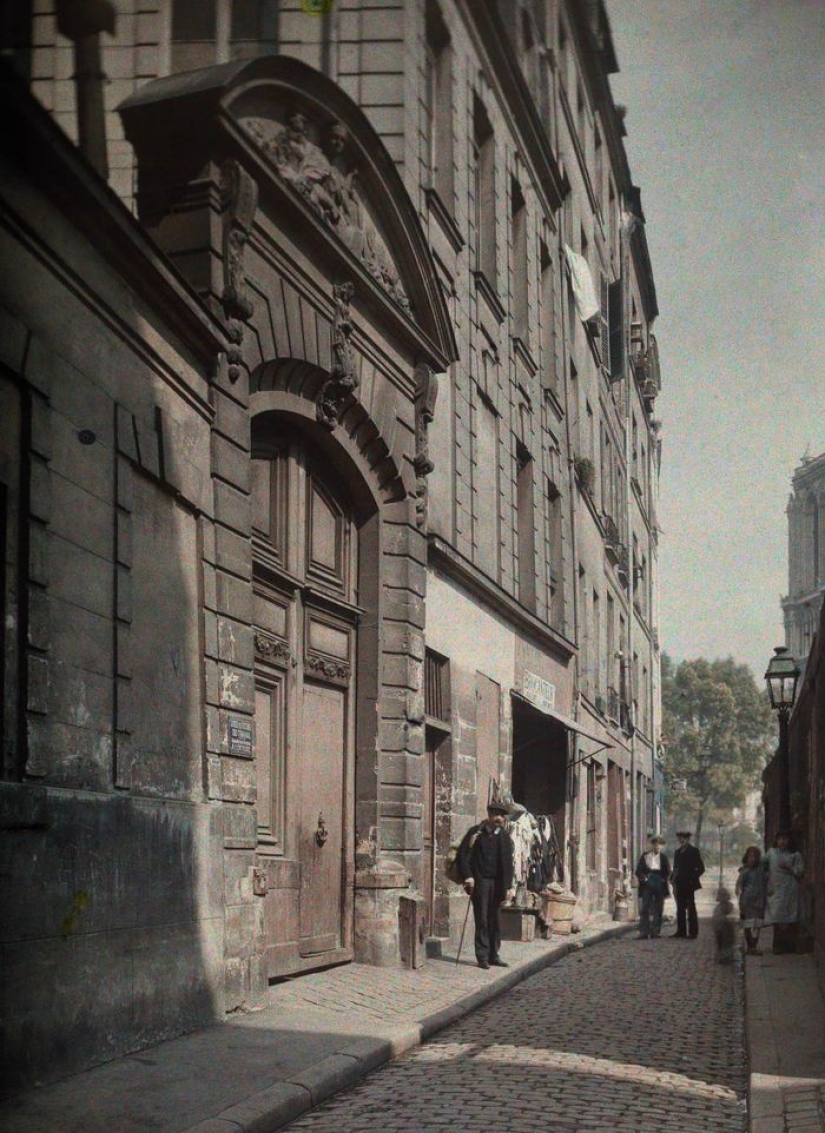
Gardens of a large estate
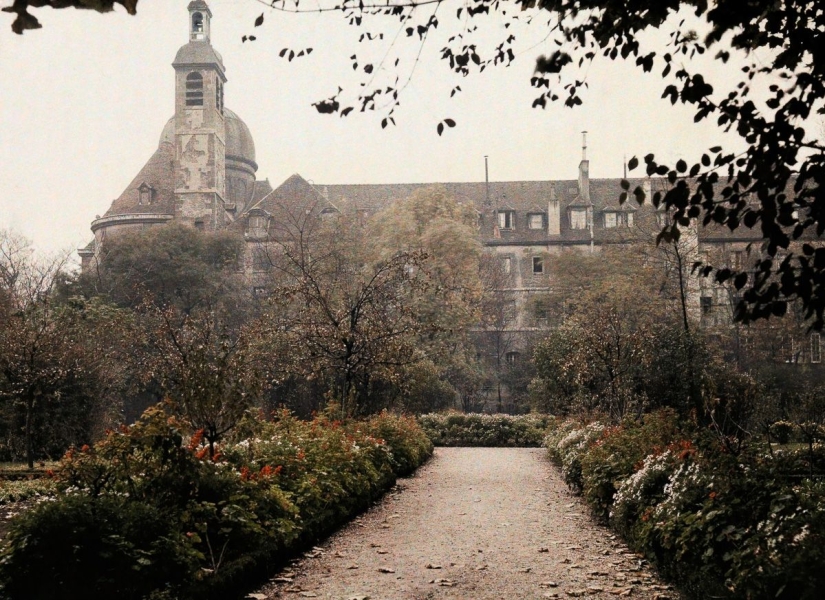
A street vendor on the banks of the Seine near Notre Dame Cathedral
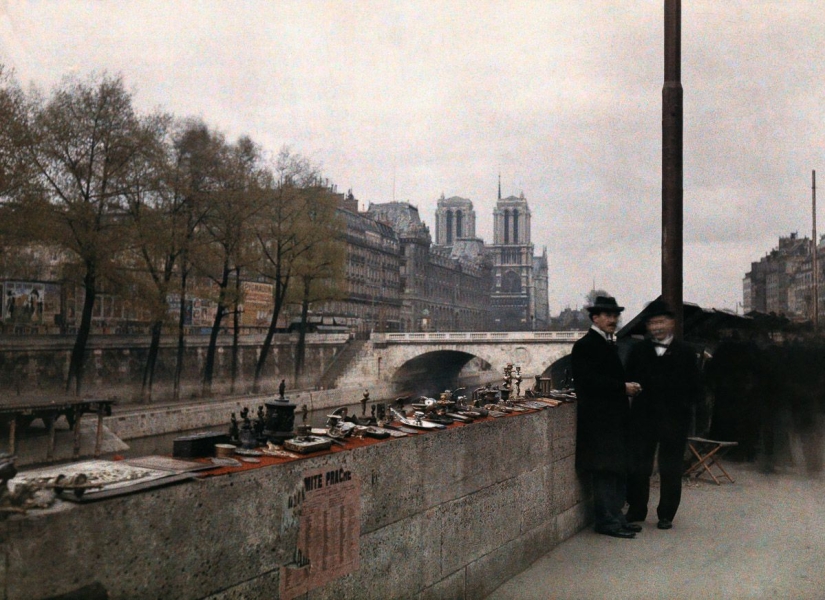
The Grand Palace on the Champs-Elysees
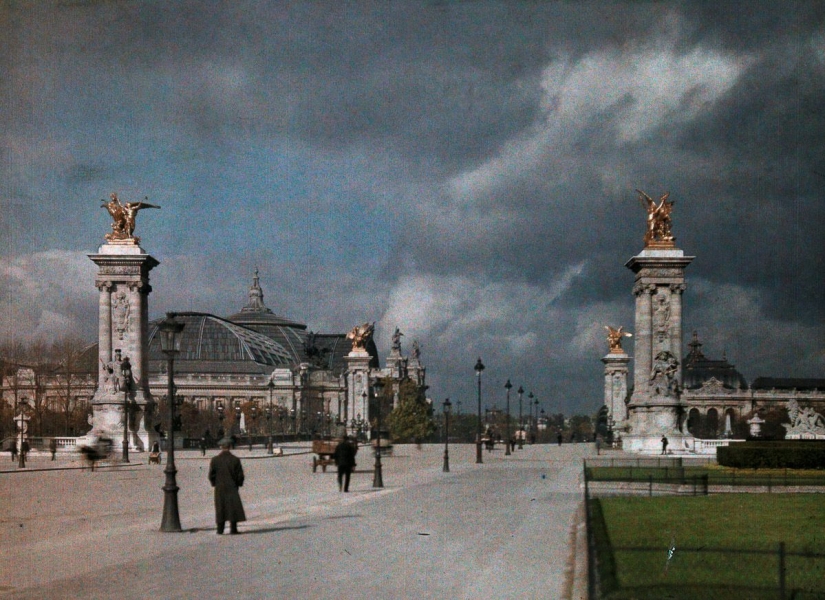
A worker sleeps by the carts with cobblestones
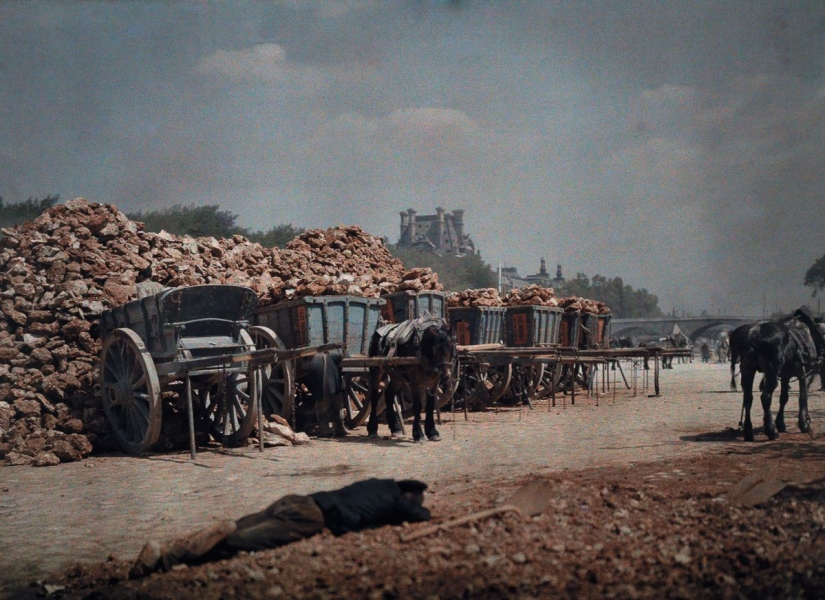
Trocadero Gardens and Eiffel Tower
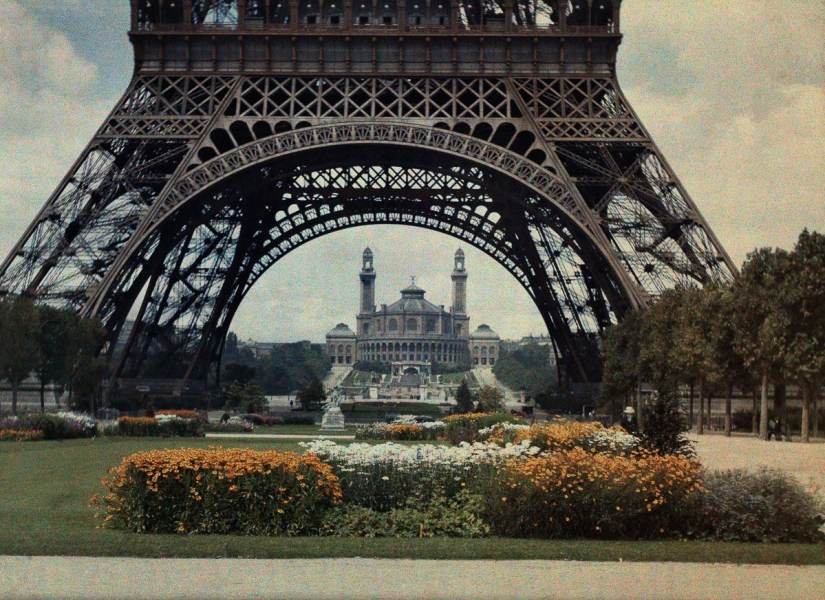
View on The Pantheon
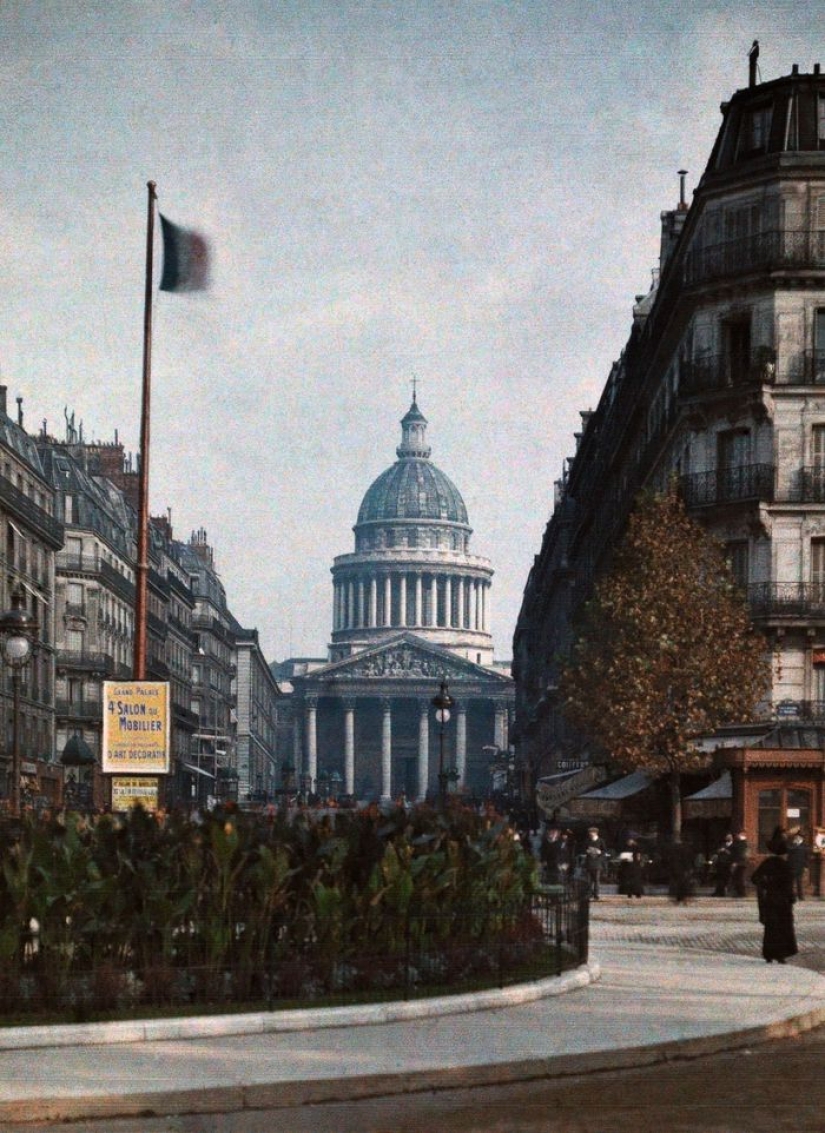
Street life in front of a butcher shop
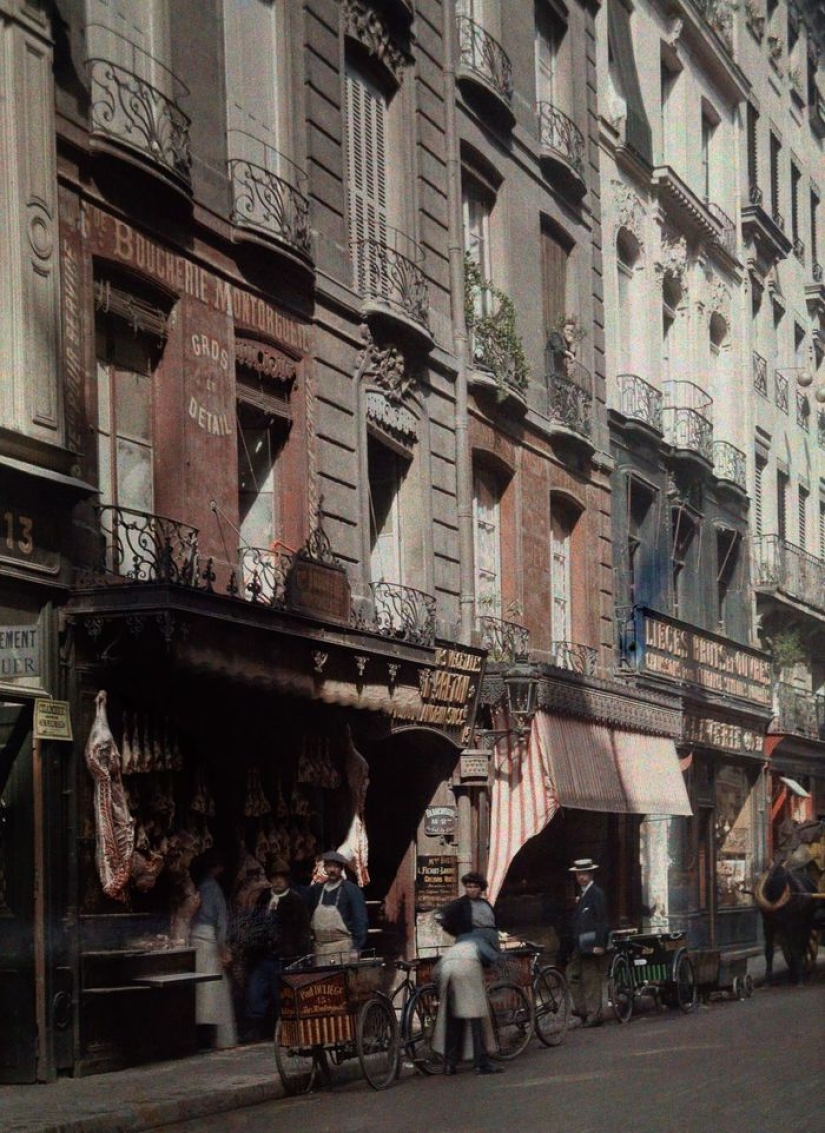
Museum of Decorative Arts in the Tuileries
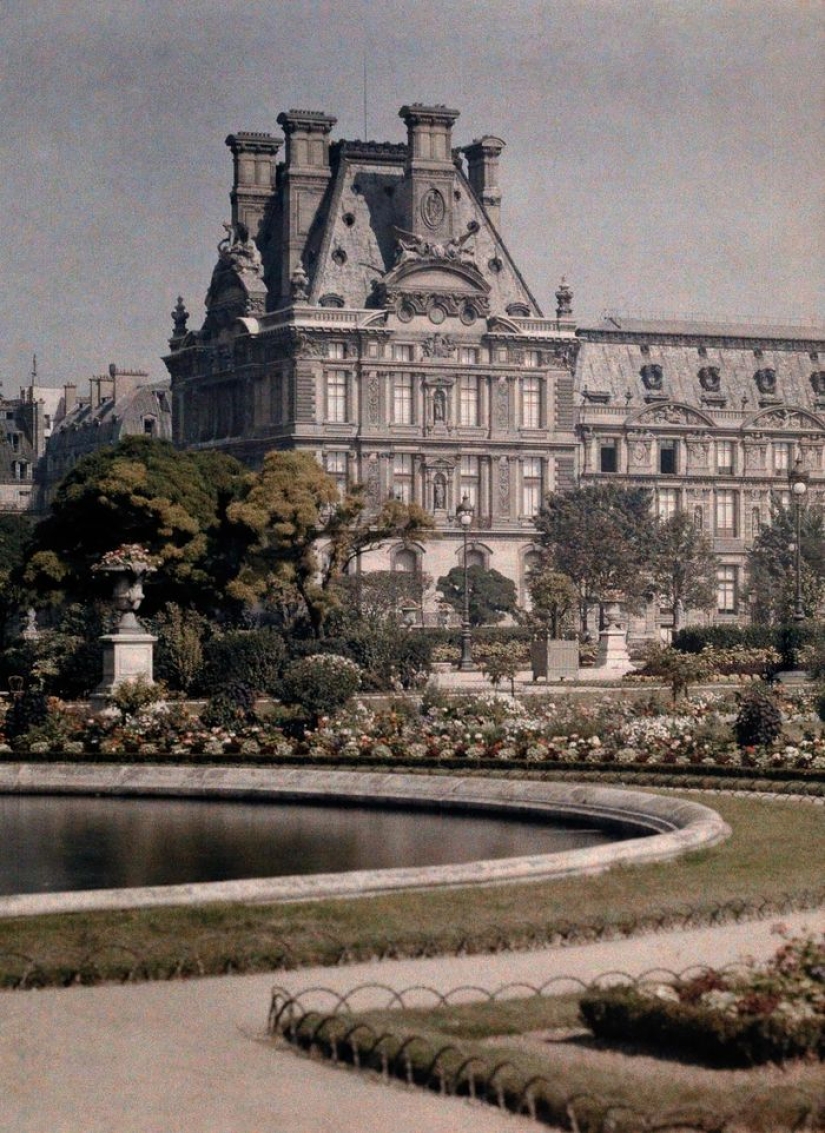
Flower market on the embankment of Fleur
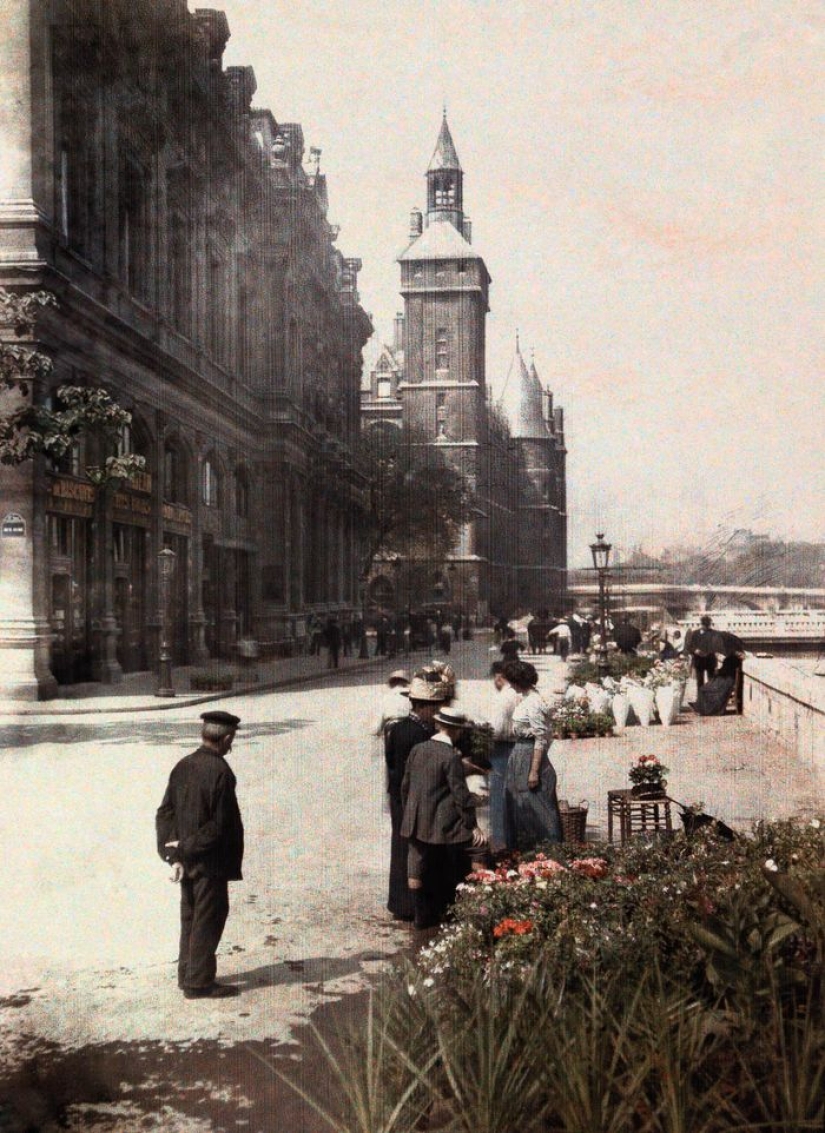
Saint-Denis Gate
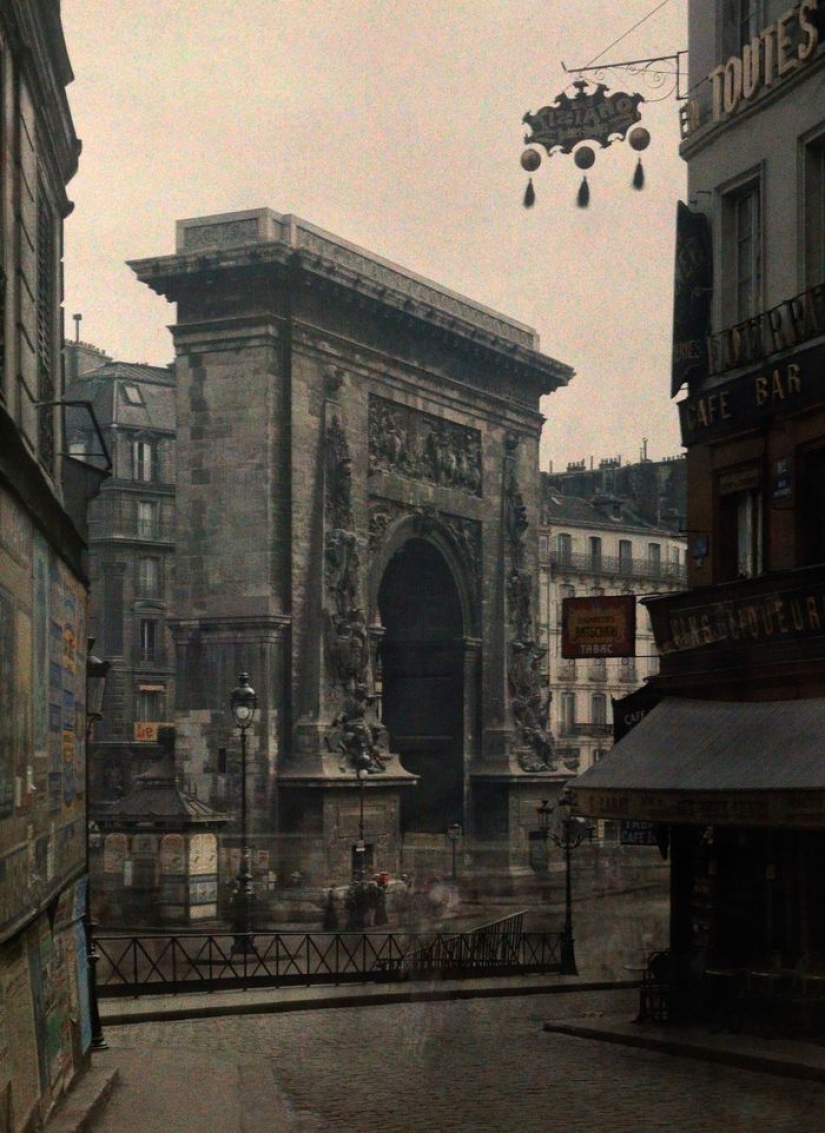
Twilight over the Seine
Keywords: Art | Paris | France
Post News ArticleRecent articles

What kind of wedding traditions do not happen! The Scots pour dirty slush over the bride, some peoples of India have decided to get ...

Every parent who has a toddler of kindergarten age growing up knows that the most terrible sound in the house, which causes ...
Related articles

Is it possible to laying wood to name a form of art? Turns out you can. Because in the world there are such people, which gently ...

After defeating the median king Arphaxad, the Assyrian king Nebuchadnezzar, who ruled in Nineveh, sent his captain Holofernes to ...

Who does not know the greatest French singer, whose songs have become world hits, and she herself is an example for millions to ...

Reddit users gathered once and let's brag about who and what they treat in school canteens. Both the students themselves and their ...